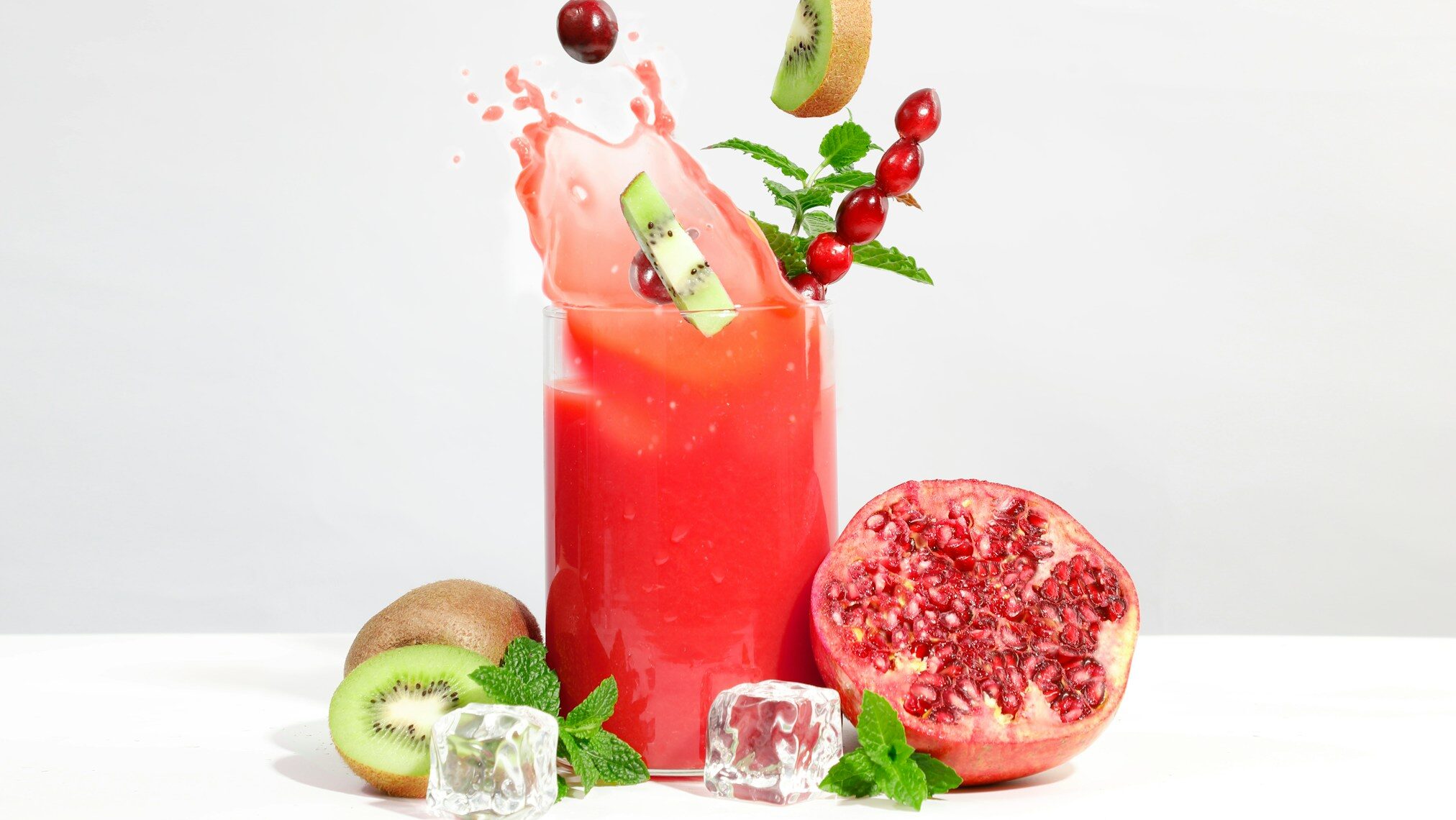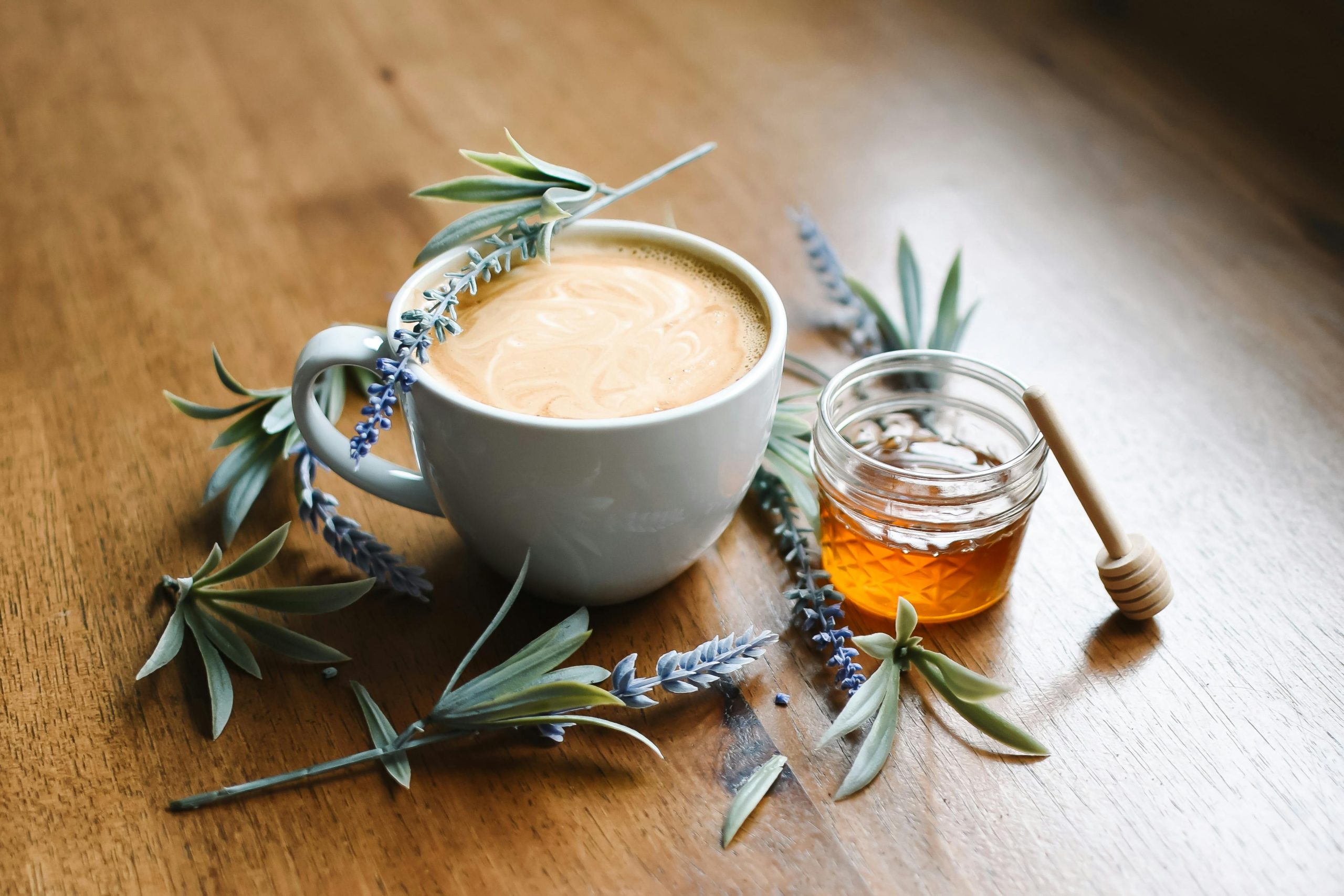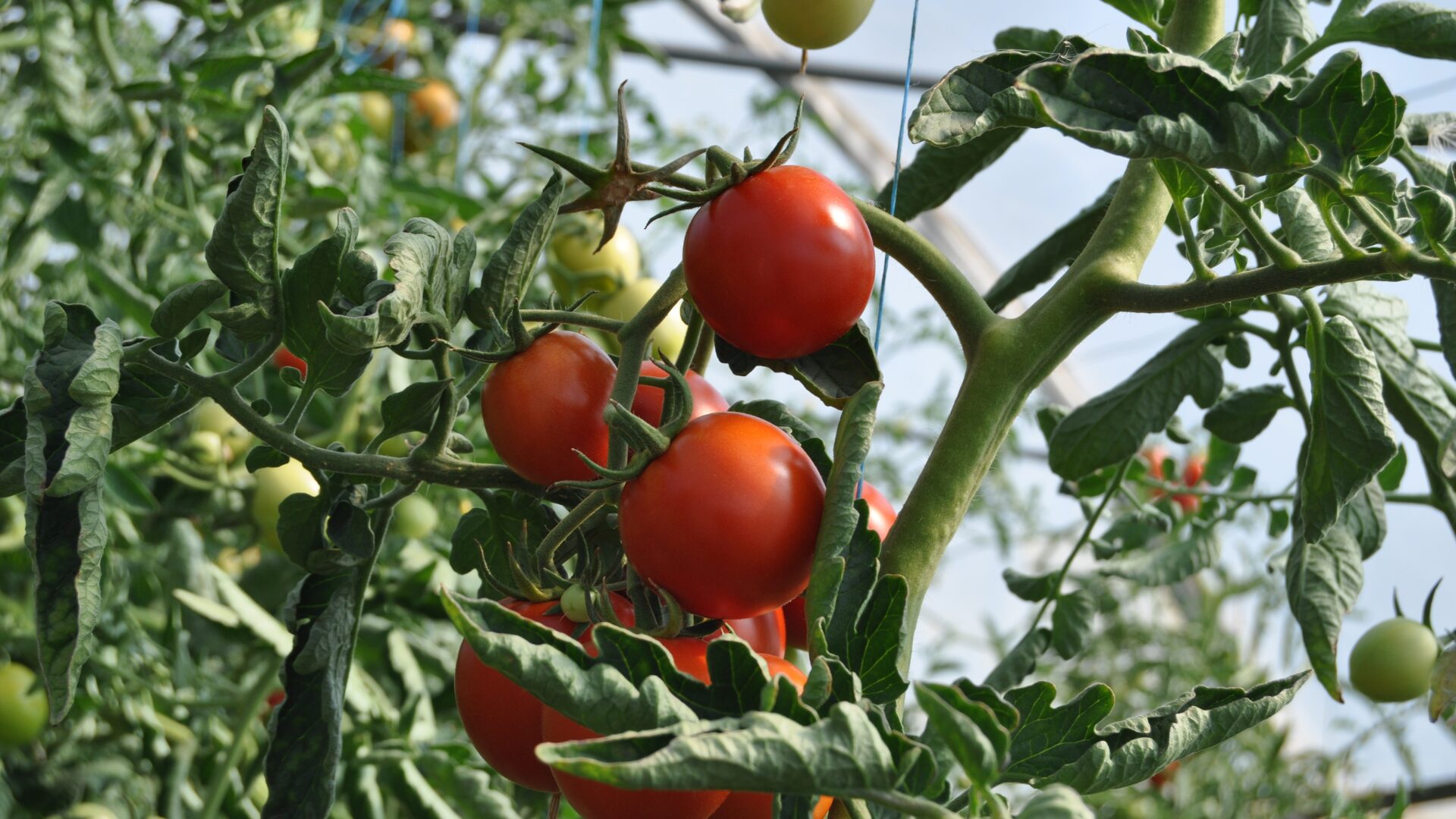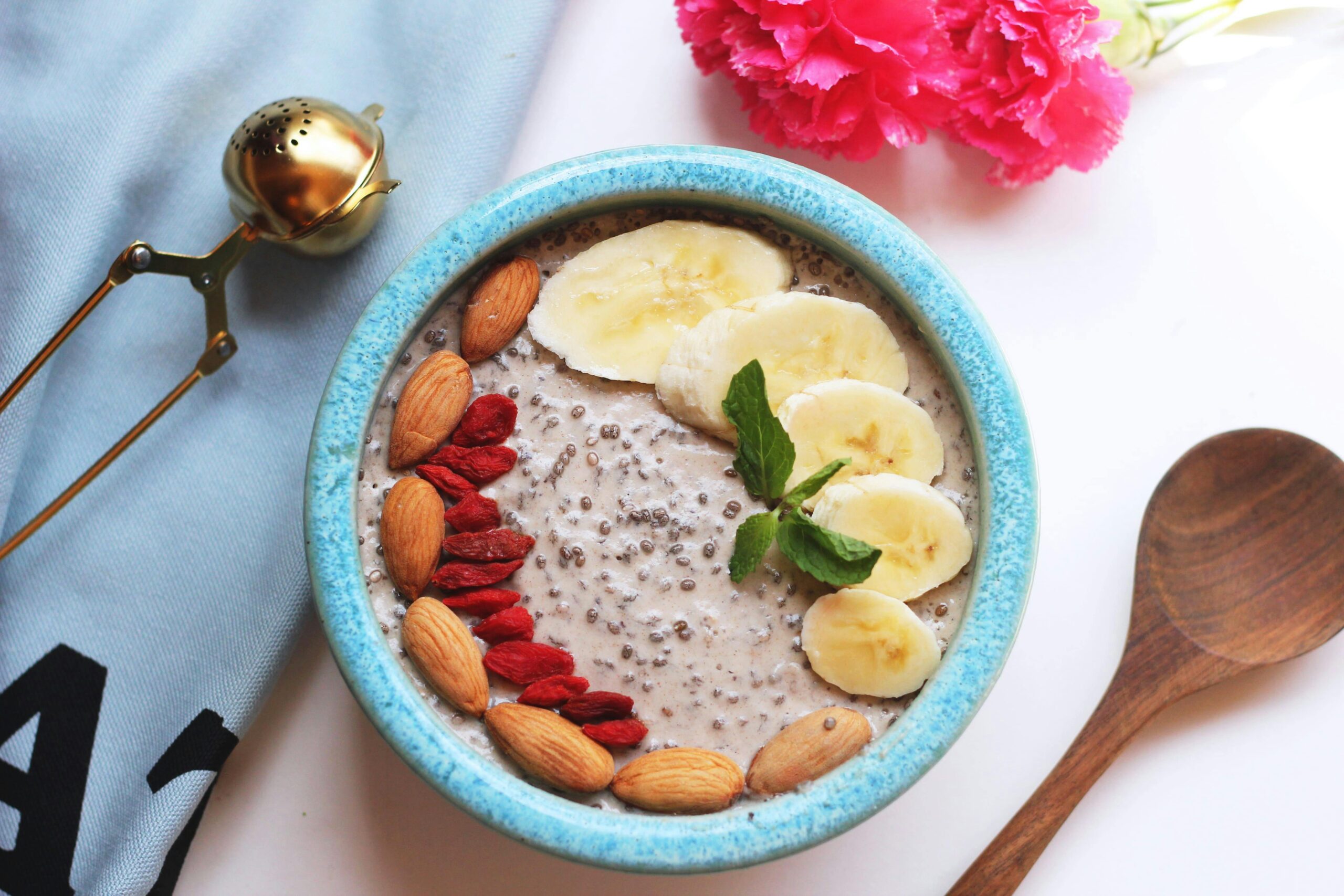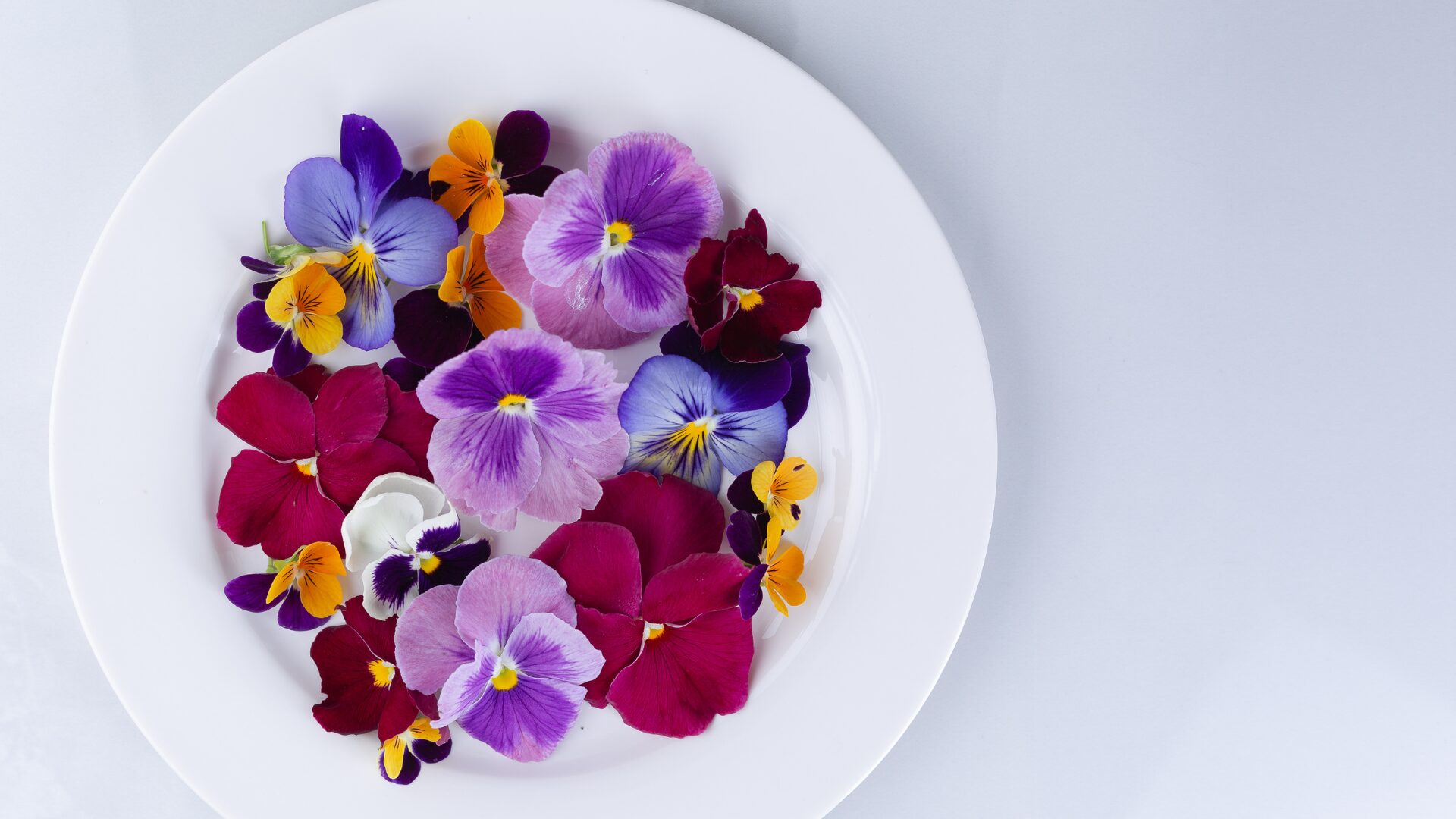Aguas frescas, the fruit-based drinks popular in Mexico and other Latin American countries, are growing in popularity in the U.S., offering innovative flavors and less added sugars than widely available juices and soft drinks.
The drinks generally are made with fruit blended – either by hand or in a high-powered blender – with water, lime juice and sweetener, and can be served unfiltered, with or without ice. Veggies and fresh herbs also can be added. Watermelon-based drinks, generally, are the most popular.
Juan Stewart of Frescos Naturales told The Food Institute he makes his drinks the same way his mother made them in Guatemala.
“Aguas frescas are gaining more recognition or exposure, I would say, because they have always been around Latin American foods, from Mexico to Brazil,” Stewart said, adding, their popularity can be attributed to their refreshing nature and lower sugar content compared to what’s available on store shelves.
“Aguas frescas have a touch of sugar – I would say under 10 grams added per 12 ounces – that really binds and elevates the flavors. Like salt on your eggs: You don’t need a lot, but a little goes a long way,” Stewart said.
Technomic reports the popularity of aguas frescas is growing faster than lemonade, appealing not only to the Latin population but to millennials and Gen Zers looking for new flavors.
A survey by Sunny Sky Products indicated 47% of consumers reported they regularly buy aguas frescas with meals, while 45% said they buy the drinks to quench their thirst, CSP Winsights reported.
Different flavors are popular in different countries: horchata in Mexico and Central America, tamarindo and maracuyá in Jamaica.
Kayla Castañeda, a former Coca Cola employee who also worked as a beverage consultant and is one of Forbes’ 30 under 30, founded Agua Bonita in 2020 at the height of the pandemic, telling CBS Morning she figured, “I didn’t have anything to lose.”
Castañeda said she grew up drinking homemade aguas frescas made from fruit rescued by her grandfather, who was a farmworker. She said her grandfather was diabetic, so the family always was sensitive to the sugar content of foods.
Since the company started, it has placed its products in more than 1,000 retail stores, including Target, Whole Foods and Amazon, and surpassed the $1 million revenue mark. Flavors include pineapple-cucumber, hibiscus, watermelon-chile and mango-habanero.
A WeFunder campaign is underway for “friends” and is set to open to the public May 5.
Big companies also are getting into the market. Minute Maid introduced a line of nonalcoholic beverages in March 2022 while Mike’s Hard Lemonade and Modelo are offering their own, spiked takes.
Trendhunter said manufacturers can cash in on the trend of infusing traditional beverages with alcohol while alcoholic beverage producers can take advantage of consumer demand for globally inspired drinking experiences.
The Food Institute Podcast
Tom Hamill, a food and beverage senior analyst for RSM US LLP, joined The Food Institute Podcast to recap the 2024 Summer Fancy Food Show. Hamill shares his thoughts on burgeoning trends from the show and how emerging specialty food brands can best navigate economic factors in the years to come.


